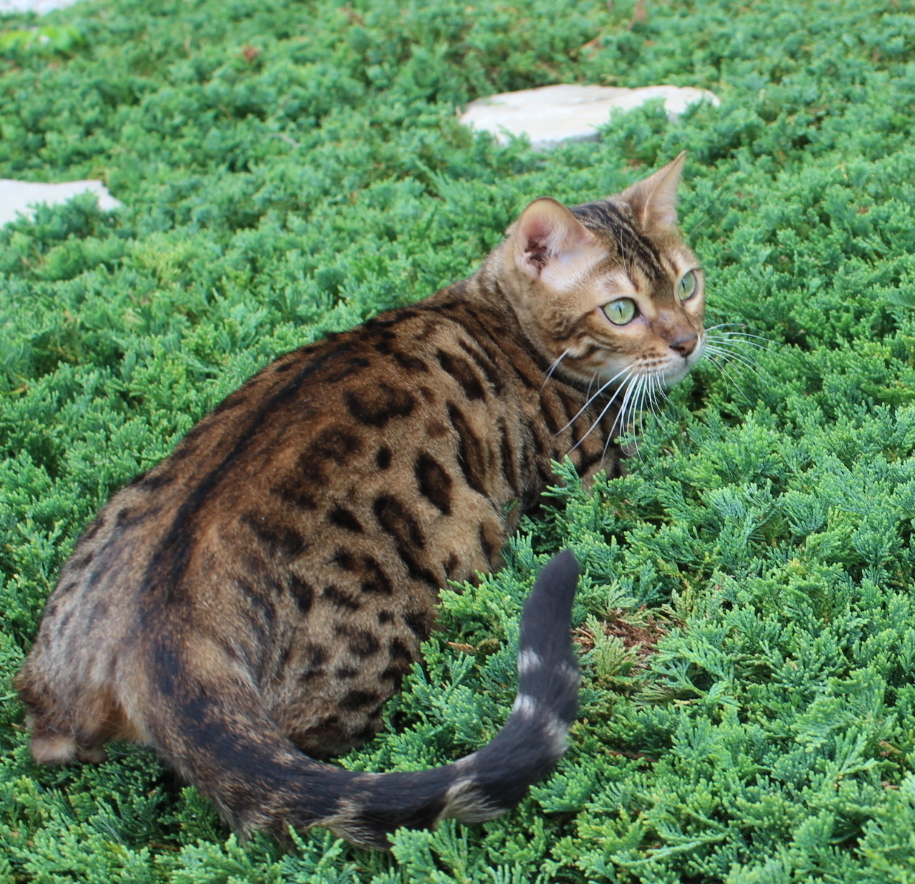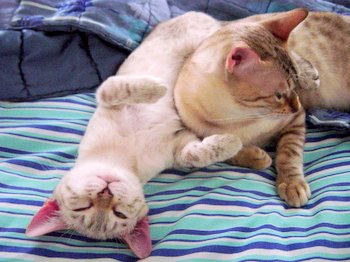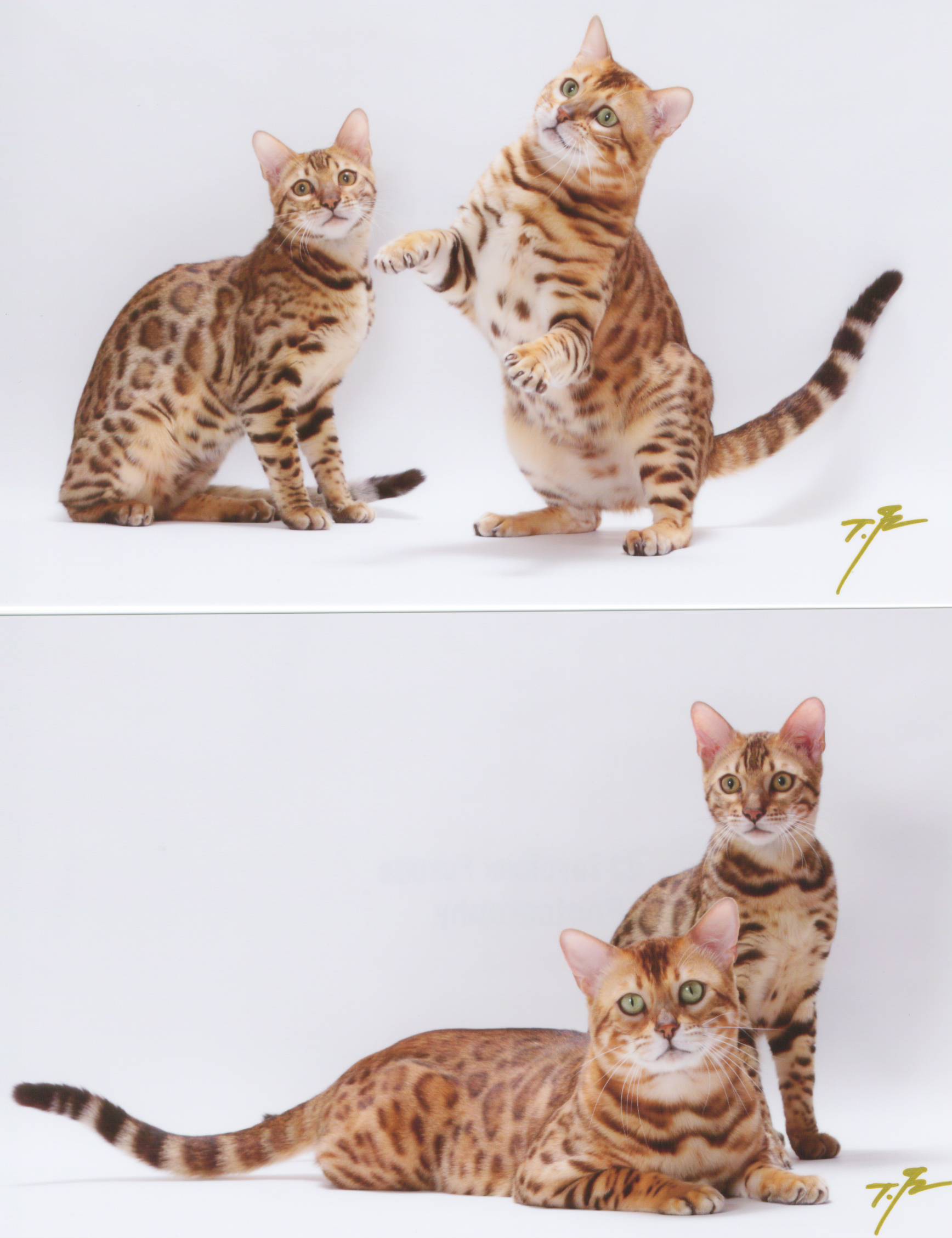Carl Sagan scientist, author, and revolutionary possessor of new perspectives... wrote the book The Demon Haunted World. I have greatly enjoyed his list of "baloney detectors" that are found on page 210. I believe you will find them amusing, and perhaps, thought provoking as well!
The Fine Art of Baloney Detection
“What skeptical thinking boils down to is the means to construct and to understand, a reasoned argument and - especially important - to recognize a fallacious or fraudulent argument. The question is not whether we like the conclusion that emerges out of a train of reasoning, but whether the conclusion follows from the premise or starting point and whether that premise is true.”
Among the tools he suggests:
Wherever possible there must be independent confirmation of the “facts.”
Encourage substantive debate on the evidence by knowledgeable proponents of all points of view.
Arguments from authority carry little weight - “authorities” have made mistakes in the past. They will do so again in the future. Perhaps it is better to say that in science there are no authorities; at most, there are experts.
Spin more than one hypothesis. If there's something to explained, think of all the different ways in which it could be explained. Then think of tests by which you might systematically disprove each of the alternative. What survives, the hypothesis that resists disproof in this Darwinian selection among “multiple working hypotheses,” has a much better chance of being the right answer than if you had simply run with the first idea that caught your fancy.
Try not to get overly attached to a hypothesis just because it’s yours. It’s only a way station in the pursuit of knowledge. Ask yourself why you like the idea. Compare it fairly with the alternatives. See if you can find reasons for rejecting it. If you don’t, others will.
Quantify. If whatever it is you're explaining has some measure, some numerical quantity attached to it, you’ll be much better able to discriminate among competing hypotheses.
If there’s a chain of argument, every link in the chain must work (including the premise) - not just most of them.
Occam’s Razor. This convenient rule of thumb urges us when faced with two hypotheses that explain the data equally well, to choose the simpler.
Genetics
First of all I am not a geneticist, but a student of genetics, life, and learning. I follow very much the eight suggestions above of Baloney Detection and often find I am the one with the baloney! With this in mind, please note that while the following is my understanding and philosophy, it may be revised and revisited at any time! I am always open to correction and better ways of stating the ideas.
Creating a breed, the choices we make
Human intervention begins when a decision is made to put two cats together and create babies. One could say, putting two cats together allows nature to do what comes naturally, however nature bases selection on survival of a species, not on how it "looks". The moment selection is based on appearance; the genetic selection has been changed.
When genes are combined to enhance appearance through human perception, "engineered" versus "natural selection," the responsibility of outcome shifts, the selection changes from nature, to human. This requires awareness of consequences and responsibility for the decision made. Before proceeding ask:
Why are these two cats being put together?
What is my intent?
Am I willing to be responsible for the consequences of this combination?
What are the criteria for selection?
Selection of breeding pedigreed cats are (should be) based on three attributes:
health
temperament
appearance
To be recognized by a cat association, one of the criteria is to have distinct breed characteristics passed from parent to progeny. Consistent replication requires cats homozygous for those characteristics. Simply put, homozygous is “like breeds like” and the breed breeds true.
The Bengal cat has a broad gene base, combining non-domestic source ancestors and domestic genes. The broadness of the base has positive and negative aspects. Many domestic breeds have a narrow genetic base due to unnatural selection of breeding mates, the human factor narrowing the appearance genes, this also limits the gene base for health. Sometimes, to lock in a particular look, humans select cats that produce health problems, structure abnormalities, internal problems, and immune system suppression. The good news is Bengal cats have a broad base giving selection for health and temperament. The bad news is there is a broad gene base, giving a wide range in the overall appearance. This diversity in outcome of breeding means it does not breed true.
How to breed true and not sacrifice health and temperament?
This is an important question facing the cat fancy today. The reason people select pedigreed cats as pets, is to have a record of health and temperament coming from the parents as well as the appearance of the individual breed. As breeders, this needs to be our most important focus... to breed temperament and health for life long companionship and care; as well as, creating beauty. To do this several things must take place.
Honest evaluation of cats for breeding programs
Open exchange of genetic issues both positive and negative of the breeding cats
Disclosure of genetic problems when found
Accurate record keeping
Cat shows are designed to evaluate breeding stock and vigor. They should not be "just another pretty face" but an evaluation of the cats with the most desirable traits to pass on to their progeny. While this is the ideal scenario, it often falls short because some genetic information is not in the phenotype of the cat. This information only becomes apparent when bred and often not in the offspring but in the grandchildren. DNA testing may soon be the means to get a more complete selection model in breeding. Cat shows allow a view of the overall breed as well as a forum to openly exchange information not only on a particular breed but all breeds.
Open exchange of information is being made more possible through publications and the Internet. As information is collected and exchanged, we become better able to share knowledge and seek solutions. This is vital to the cat fancy.
While one would hope that disclosure is a given... it is not. It begins with disclosing what might be carried in a line as far as color is concerned, then structure, and then the potential problems noted in the progeny. Remember as well, it is often not the first generation but the grandchildren of a line that exhibit the traits. It is important to keep records of progeny so patterns are seen. Disclosure will allow the breed as a whole to move ahead. There is no forum for this at the present time.
Back to the original question of: How to breed true and not sacrifice health and temperament? It is possible. A classic example of a very homozygous species is given to us in the cheetah. Cheetahs are extremely homozygous, studies of transplants have shown that there is little problem with rejection in the cheetah. So how does a breed progress by becoming more homozygous and not lose its genetic vigor?
It is helpful to go back to essential genetic knowledge and work from the point of what is known or at least not proven false. What is known about inheritance of a certain attribute? Perhaps a better way to ask: What hypothesis is followed? Most of cat genetics are hypothetical, though record keeping and compiling information clarifies, it also brings to light deeper questions. The non-domestic genes bring new elements to the domestic genes and have skewed the knowledge base... greatly!
So what are desirable Bengal cat attributes?
• Vigor
• People friendly temperament
• Appearance of a non-domestic
Rosetting
Horizontal flow
High contrast of pattern to background
Rounded ears (interpretation of small to medium)
Definite delineation of whisker pads
Whited belly
Bold, highly contrasted facial markings
There are other areas to delineate, but this will give a point of discussion.
The Bengal cat has evolved since first registered in 1983 by Jean Mill. The people of vision, who allowed the breed to move from the realm of "exotic curiosity" to that of the show halls with other domestic, brought us to today. Controversy bonds, strong opinions are stated at times in heated discussions and the compromises demanded of resolving issues and moving forward divide. One of the main areas is that of genetic diversity. The debate centers on:
• The diverse appearance of the Bengal cat, noted in body type, head type, and coat type. Showing great genetic diversity and little agreement on how to narrow the scope.
• The continued out crossing to the Asian leopard cat. Thus keeping the Bengal cat from becoming a stable domestic breed.
We are extremely heterozygous.
The new standards should point to making the Bengal cat more homozygous. To be more consistent in type as well as coat the Bengal cat breeders will vote to define the look they are breeding toward as "perfection." This is quite a challenge, and requires compromise. It is also an essential process to help breeders in the selection of breeding cats.
When defining the standard, a 100 point system that is divided on point values on head, body, and coat. Depending on the phrasing and the accounting of the points, a cat is defined. Because the size difference in cats is minimum as compared to dogs, the differences between breeds must be clearly worded so that it is not taken to an extreme. Quite a challenge.
How to proceed?
The following is for each breeder to use as a means of evaluation of their cats and the breed in general.
Select the ideal. Even this is controversial with many looks to the Asian leopard cat and many breeders wanting to go with a larger cat and have it look more like a leopard or jaguar. But each of us can consciously select our ideal...
Realize what is lacking. This is the point of departure… it is not unusual for breeders to become “cattery blind.” Cattery blind thinking goes something like “if you do not agree with my assessment you are an ignorant fool.” (If you hear this sort of dialogue going on in your head… reevaluate your position!) There are check and balance ways to do this:
Cat shows… you take the best example to judges, who look at the standard and evaluate your cat on a 100-point scale. In reality, you are not competing against the other Bengal cats; you are evaluated on the judge’s individual interpretation of the stated ideal (standard) prototype of the breed. Now, an interesting point is that this is done with written standards, not through photos. If done through photos you have a completely different sort of comparison… and an interesting change in the dynamic.
Another way of identifying what is missing is to evaluate each breeding cat. You can do this several ways, a method I use is to make my top priority list, I have learned if I try to do everything at once it only leads to mass confusion and becomes difficult to track. So, because it is my particular favorite thing, I am going to put temperament as my selection criteria as an example of "how to breed and select for a particular trait."
Set a main hypothesis. Ours is: “Breeding cats that seek to be around humans will produce cats wanting to be around humans.”
Decide how to evaluate this hypothesis. Use criteria that allow a scientific method. In this scenario a scale of 1-10 is used to allow evaluation of the cats and kittens.
Evaluation for Temperament
Noise: 10 was a kitten that did not respond to sharp loud noises other than to briefly be on alert to 1 which was a kitten that hid when I entered a room and would not come out at all.
Noise evaluation... 10 being the least response and 1 being extreme
10 9 8 7 6 5 4 3 2 1
Approachability: 1 point for running if approached, hides, and will not come out… 10 approaches an extended hand with no hesitation. I evaluated: strangers… children, adult… evaluated position of people… talking loud, making a lot of gestures, to sitting and playing with toys of interest to them.
Main Care Taker: Approachability: 10 approaches extended hand, 1 flees
10 9 8 7 6 5 4 3 2 1
Family Member: Approachability: 10 approaches extended hand, 1 flees
10 9 8 7 6 5 4 3 2 1
Loud Stranger: Approachability: 10 approaches extended hand, 1 flees
10 9 8 7 6 5 4 3 2 1
Children: Approachability: 10 approaches extended hand, 1 flees
10 9 8 7 6 5 4 3 2 1
Another consideration was the scoop able test… if I reached down and scooped them updid they immediately want to be put down or wait for me to place them.
"scoop able" test... 10 easily scooped up and held in arms no squirming, 1 wanted nothing to do with being held. (again, varies with individuals... main care taker, stranger, etc.)
10 9 8 7 6 5 4 3 2 1
By noting the score, that is being very conscious of the individual kitten and how it was reacting, evaluating the kitten, it became clear what to begin selecting for in the kittens and in the parents. It is all a matter of being conscious of what selection is based on... be aware.
The following terms are used often in explaining genetics in our Bengals:
Genotype: The set of genes an individual inherits from its parents.
Heterozygous: Having a pair of dissimilar alleles, one from each parent, for a particular characteristic.
Homozygous: Having an identical pair of alleles for a particular characteristic.
Hypothesis: an assumption made in order to test its logical or empirical consequence.
Phenotype: An individual’s actual physical characteristics – size, shape, eye color, hair length and so on – representing the physical expression of its genotype.
Random assortment: The set of genes given from a parent are done so randomly. Thus a litter of kittens may exhibit only one of the genes carried by the parent and not another, thus recessives do not always reveal themselves.
Where DNA Testing can be done: I use UC Davis, but know of others that use Texas A&M, Langford Lab in the UK, Stanford University.
Texas A&M University Genetics Lab
UC Davis Veterinary Genetics Lab


